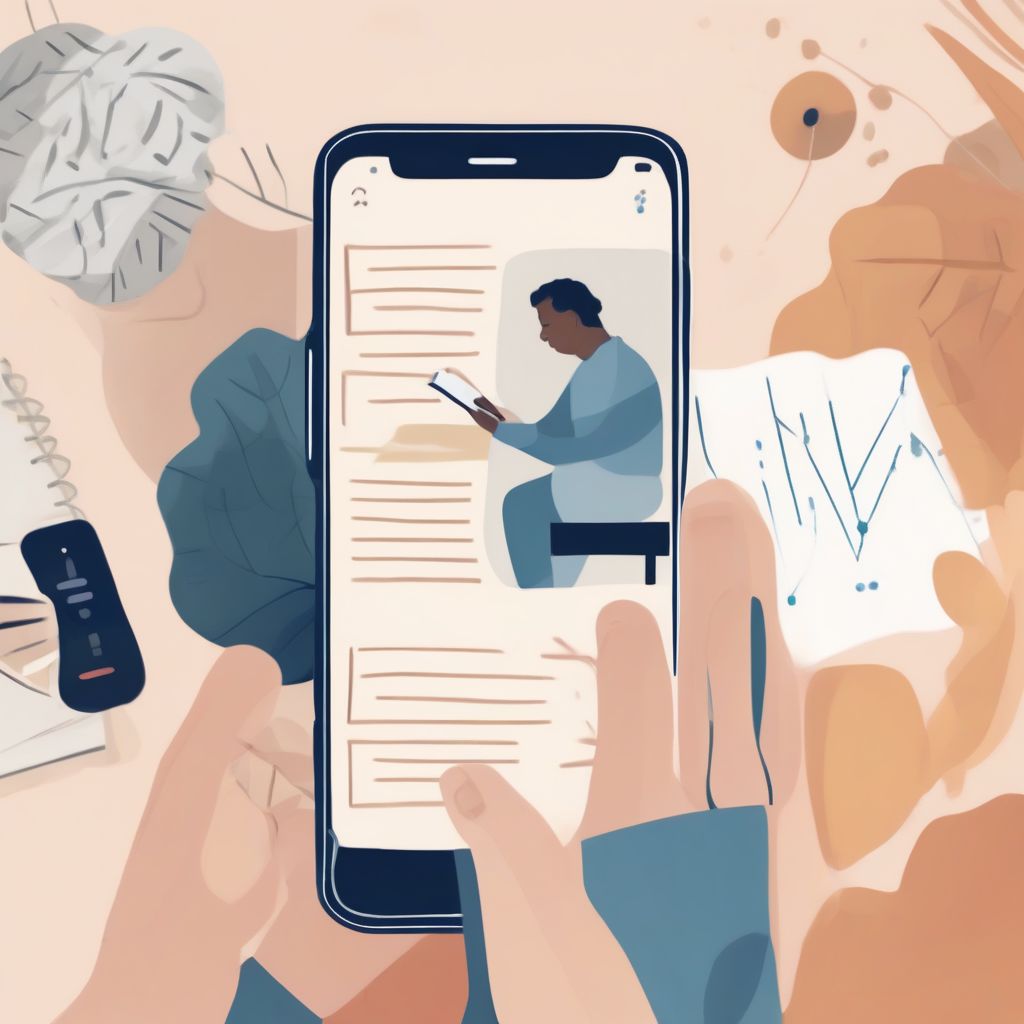Have you ever felt like you’re constantly battling against your own habits? Like a hamster on a wheel, you spin and spin, trying to break free from unproductive behaviors, but always end up back where you started? The good news is, you’re not alone, and there are tools to help you break the cycle and achieve lasting change. This article explores the best tools for behavior correction and training, providing insights and strategies to empower you on your journey to self-improvement.
Understanding Behavior Correction and Training
Before diving into the tools, let’s clarify what we mean by “behavior correction and training.” It’s not about suppressing who you are, but rather about developing healthier habits and thought patterns to achieve your goals and live a more fulfilling life. This can range from breaking unhealthy habits like procrastination or emotional eating, to building positive ones like regular exercise or mindful communication.
The Best Tools for Behavior Correction and Training
1. Self-Monitoring and Tracking
The cornerstone of any behavior change program is self-awareness. Tracking your current behaviors provides a clear picture of your starting point and highlights areas needing improvement.
- Journals and Diaries: A simple notebook can be surprisingly powerful. Record your thoughts, feelings, and actions related to the target behavior. This can help identify triggers and patterns.
- Habit Tracking Apps: Apps like Habitica, Streaks, and Loop offer digital platforms to monitor progress, set reminders, and even gamify the process, making it more engaging.
- Wearable Technology: Fitness trackers and smartwatches can monitor activity levels, sleep patterns, and other physiological data that can influence behavior.
2. Goal Setting and Planning
Once you understand your current behaviors, setting realistic and achievable goals is crucial.
- SMART Goals: The SMART acronym (Specific, Measurable, Achievable, Relevant, and Time-bound) is a valuable framework for setting effective goals. For example, instead of “eat healthier,” a SMART goal would be “eat five servings of vegetables daily for the next month.”
- Action Plans: Break down your goals into smaller, manageable steps. Outline specific actions you will take and when, creating a roadmap for success.
- Visualization and Affirmations: Visualizing yourself achieving your goals and using positive affirmations can strengthen your commitment and motivation.
3. Cognitive Behavioral Therapy (CBT) Techniques
CBT focuses on the link between thoughts, feelings, and behaviors. It equips you with tools to challenge negative thought patterns and replace them with more constructive ones.
- Cognitive Restructuring: Identify and challenge negative or irrational thoughts that contribute to unwanted behaviors. For example, if you tend to overeat when stressed, cognitive restructuring would involve challenging the thought “I deserve this treat because I’m stressed” and replacing it with “Stress eating won’t solve the problem, it will only make me feel worse later.”
- Exposure Therapy: Gradually expose yourself to situations or triggers that provoke anxiety or unwanted behaviors, helping you develop coping mechanisms and reduce sensitivity.
- Behavioral Activation: Engage in activities that bring you joy and a sense of accomplishment, even when you don’t feel like it. This can help break the cycle of avoidance and improve mood. As a certified nutritionist, I often encourage clients to engage in enjoyable physical activities, like dancing or hiking, to improve both physical and mental well-being. “Movement is medicine for both the body and mind,” as the saying goes.
4. Mindfulness and Meditation
Mindfulness practices cultivate awareness of the present moment, helping you observe thoughts and feelings without judgment.
- Mindfulness Meditation: Regular meditation can increase self-awareness, reduce stress, and improve emotional regulation, making it easier to manage impulsive behaviors.
- Mindful Eating: Pay attention to your body’s hunger and fullness cues, savoring each bite and appreciating the sensory experience of eating. This can be helpful for managing emotional eating and improving your relationship with food.
- Deep Breathing Exercises: Simple breathing exercises can calm the nervous system and reduce anxiety, making it easier to respond to challenging situations thoughtfully rather than reactively.
5. Support and Accountability
Having a support system can significantly increase your chances of success.
- Therapy or Coaching: A therapist or coach can provide personalized guidance, support, and accountability. They can help you identify obstacles, develop strategies, and stay motivated throughout the process.
- Support Groups: Connecting with others who share similar goals can provide encouragement, motivation, and a sense of belonging.
- Accountability Partners: Partnering with a friend or family member to track your progress and offer mutual support can create a sense of accountability and make the journey more enjoyable.
 Behavior Correction Tools
Behavior Correction Tools
Conclusion
Changing behavior is a journey, not a destination. It requires patience, persistence, and the right tools. By incorporating self-monitoring, goal setting, CBT techniques, mindfulness practices, and seeking support, you can empower yourself to break free from unhelpful patterns and create lasting positive change. Remember to celebrate your progress along the way and be kind to yourself when you experience setbacks. What are your biggest challenges in changing behavior? Share your thoughts and experiences in the comments below. We’re all in this together!



